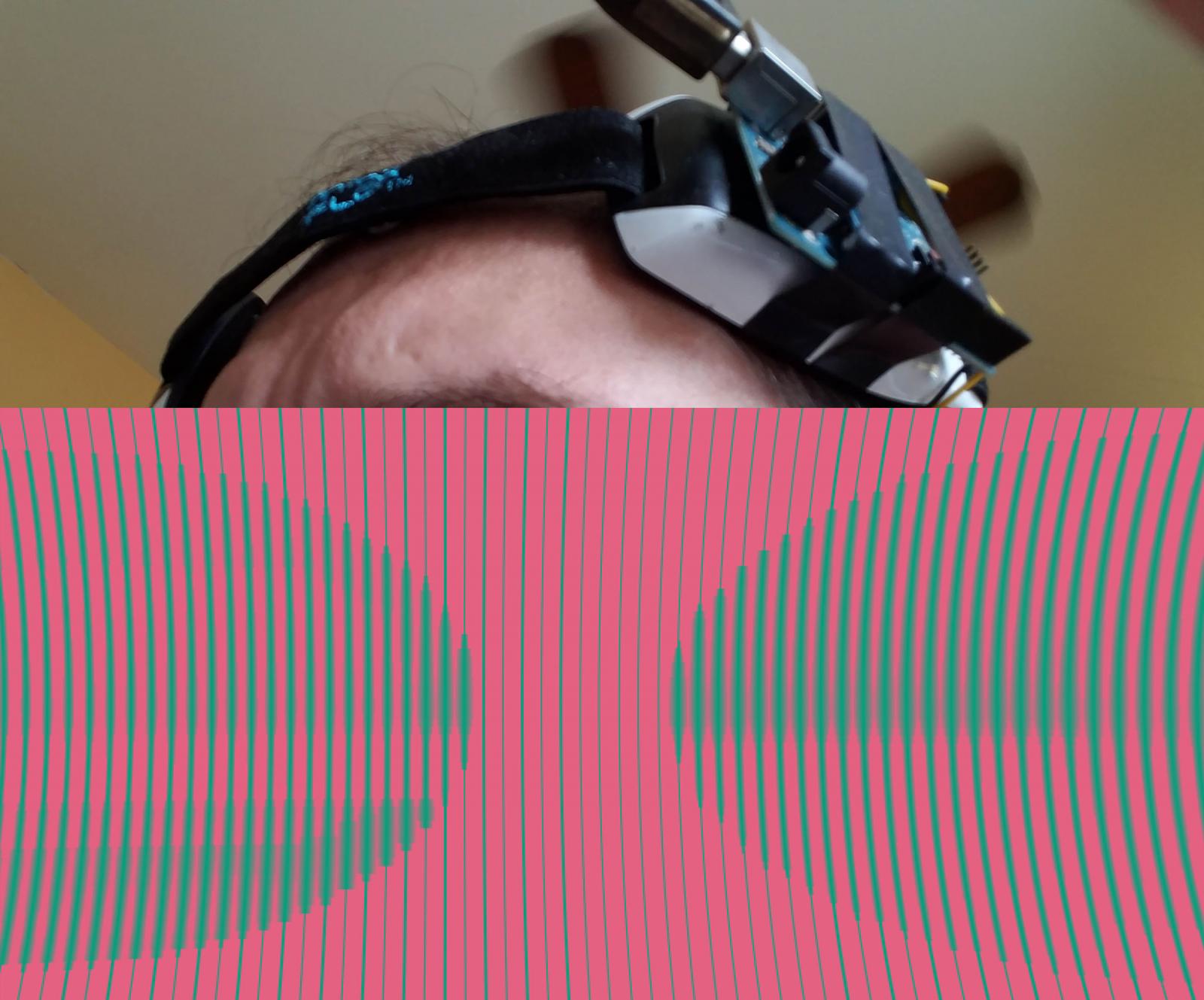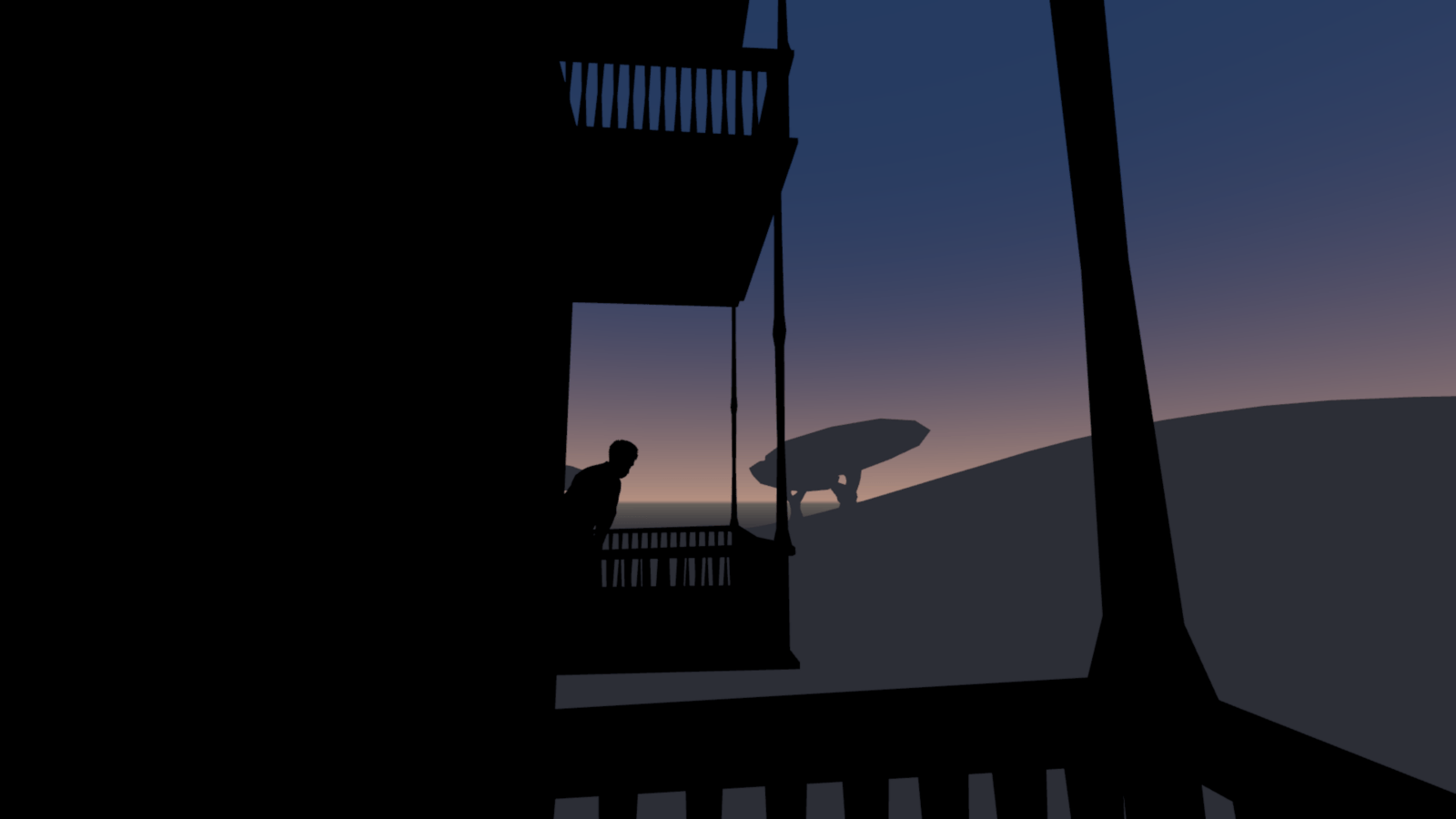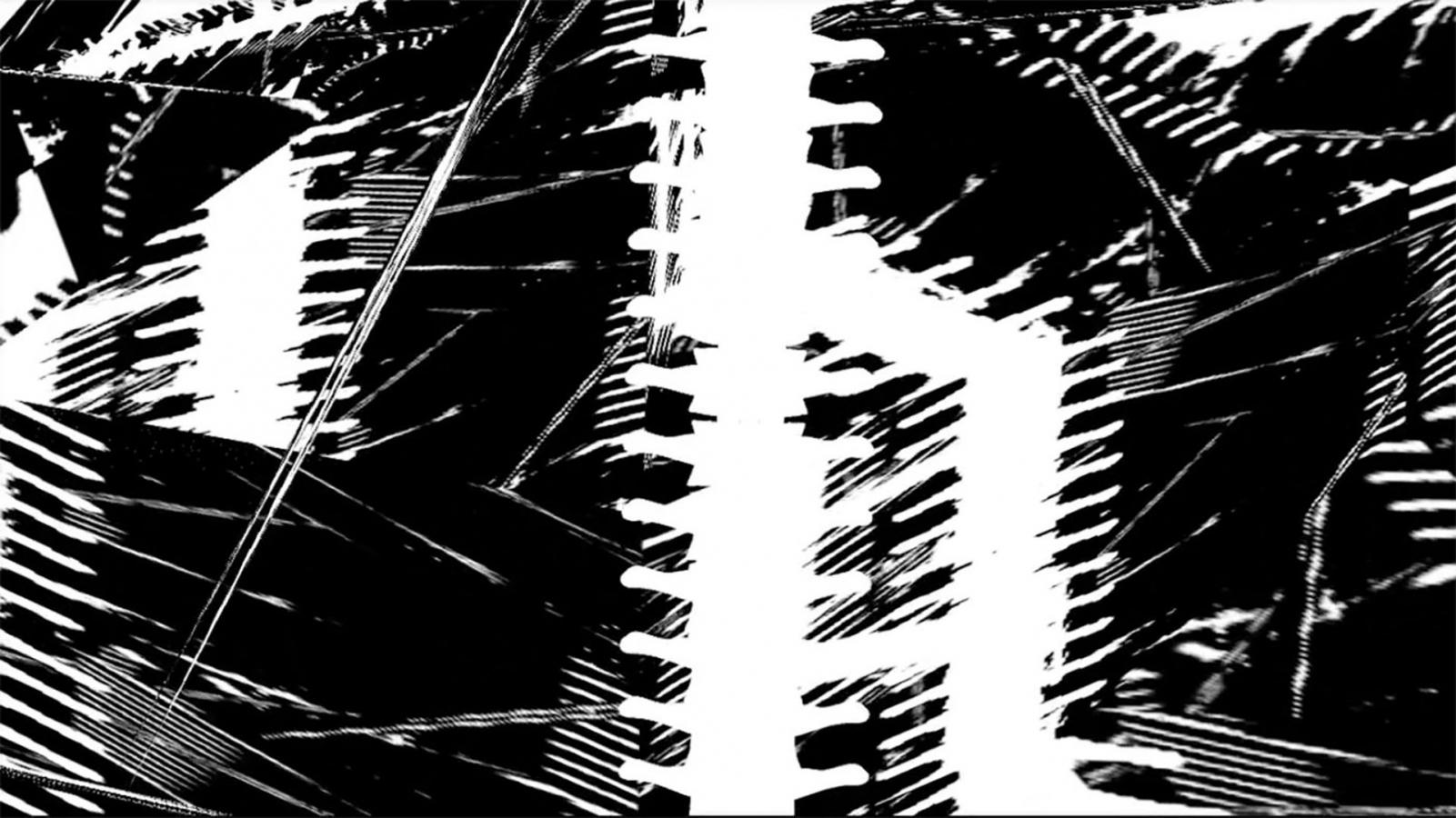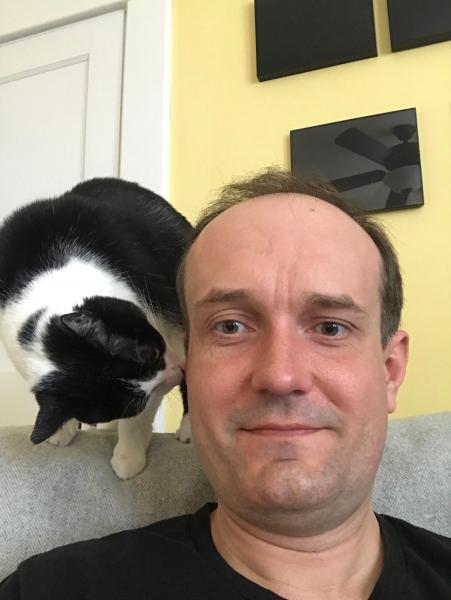About the Artist
Aaron Oldenburg is a Baltimore-based game, interactive and video artist. His work has exhibited in festivals and galleries in New York, Johannesburg, London, Buenos Aires, São Paulo and Los Angeles, including SIGGRAPH, A MAZE. International Games and Playful Media Festival, the LeftField Collection at EGX Rezzed, Slamdance DIG, Game On! - El arte en el juego, and FILE Electronic Language International Festival. His games have been written about in Kill Screen, Baltimore City Paper, and Rock, Paper, Shotgun. He teaches game design as an Associate Professor in University of Baltimore's Simulation and Game Design program and has an MFA from the University of Maryland, Baltimore County. His writing on games has been published in Game Studies, Journal of Gaming and Virtual Worlds, and the proceedings of the International Symposium on Electronic Art (ISEA). In October 2003 he finished two years as an HIV Health Extension Agent for the Peace Corps in Mali.Artist's Statement
My work generally involves creating a series of game design experiments around a topic: the creation of interactive environmental narrative, the application the rules of religion to the rules of games, gameplay based on sound art theory, and most recently, applying elements of documentary process to the design of fictionalized game worlds. Throughout these different sets of works run similar threads: imagery that revolves around finding the magic in the mundane, hybrid cultural experiences, overlaps between magic and technology, an obsession with physical but often seemingly empty spaces with powerful histories, colonies of outsiders, and a secular exploration of experiences of faith. Several of my games use interaction metaphors, emphasizing game mechanics that are more intuitive, less rational. I am interested in provoking reflection through game rules as much as through narrative. Often, rather than becoming a hindrance to communicating a higher concept, the use of obstacles and goals is a necessary process the player needs to experience in order to feel and reflect on the theme of the piece. Other games have taken real-life narratives and broken them up, turning them into generative narratives created by the player. I either allow them to cognitively build an exquisite corpse-style story about a real location, with multiple truths exposed by different characters, or simply allow them to discover different environmental narratives that build on one another throughout the course of the experience. The order of events changes their interpretation, as experiencing certain events directly influences the experience of subsequent events. The surprising and non-sequitur nature of this generative narrative approach makes non-player characters and an environment seem more real. A former Peace Corps volunteer, I am constantly looking for ways to move my process away from my computer and into interactions with real people. Thus, creating short documentary created in Guyana about those peripherally affected by the Peoples Temple massacre, as well as the objects that left Jonestown, sparked a motivation to combine documentary technique with game development. From here I have spent time with Guyanese ex-pat bird racers in New York, witches and descendants of witches in Peruvian desert suburbs, and mundane absence and spiritual eccentricity at Pol Pot’s cremation site, collecting documentary materials for the creation of videogames.Featured Work
Photos


Featured Work: Photos
Brief Excursion
videogame with Mindflex neural headset interface
2016
The player wanders a dynamically-generated environment where elements of nature are visually and behaviorally altered based on their brain’s gamma wave readings from a hacked MindSky neural headset. Gamma waves are thought to be responsible for the brain’s unity of conscious perception, or “binding,” the brain’s interpretation of individual parts as a coherent object. While attempting to guide the experience through their thoughts, the player explores an experience created through the often uncontrollable behavior of their brain.
Night Walk 1
software
2022
This is the first in a multipart videogame project titled Night Walks. Night Walks is a series of interconnected software objects that are intended to explore expressive, environmental entities that exist on the level of the landscape. On a private server, the player's actions are recorded, and Night Walks, in its various client instances, calls up this memory data and responds to it.
Night Walk 1 is a virtual reality landscape, where the player is on a balcony surrounded by and isolated from silhouetted neighbors. The environment records certain actions the player performs related to their gaze and this data is sent to the server, to be interpreted by other software objects in the series. The landscape comes toward the player like a wave and repeatedly crashes over them, leaving them in temporary darkness.
Videos
-
Desert Mothers
See more information about Desert MothersDesert Mothers is a meditative, multiplayer virtual reality experience. Players begin in the same procedurally-generated environment. This begins to diverge for each player as their personal environment, composed of individualized weather and hallucinations, responds emotionally to the player’s actions.
The constraints within which the players interact are discovered during play, and revolve around the body, breath, drawing in the air, and out-of-body exploration of flora, fauna, and abandoned human habitations.Medium: videogame, virtual realityYear: 2019Details: variable, requires wireless or wired internet connection -
Islid
See more information about IslidA silent trip through a hypnagogic state. Procedurally-generated videogame environment.Medium: videogameYear: 2016Details: n/a -
Cho-Am
See more information about Cho-AmVisit the cremation site of Pol Pot as a sleepwalker. Interpret the world your character is inhabiting by their gestures and brief glimpses inside their head.
This game does not have an ending until you decide to leave. Game time is connected to the current real time in Cambodia.
The real life cremation site of Pol Pot in Cho-Am* is a place of contradictory spiritual and political significance. As a "good-luck" shrine, offerings are continuously left by visitors who hope to have assistance in their prayers from a main architect of the Cambodian auto-genocide. One of these visitors, a Thai businessman, constructed a hand-made spirit house at the site as thanks for Pol Pot appearing in a dream to him and giving him winning lottery numbers.
This is a way of dealing with the memory and presence of someone responsible for pain and destruction that is outside of the realm of forgiveness and punishment.
The site itself, across from a casino in a small town on the border with Thailand, in the region of Anlong Veng (a previous base of the Khmer Rouge), has very little aside from a tin roof covering a mound of dirt where Pol Pot's ashes used to be, a burn bin, a couple of spirit houses, and a hut near the entrance where a guard (the wife of a former Khmer Rouge general) sits and takes admission payment. It is an otherwise empty area with a powerful history.
Much of the experience of the site takes place in one's head.Medium: videogameYear: 2016Details: n/a -
After
See more information about AfterThis is a videogame about finding and then placing a loved one in the afterlife. The goal is to simulate an agnostic encounter with one's own belief system when dealing with death. The game begins with the death of a partner, and after, the player encounters obstacles in their life that can be overcome only by incorporating the imagined presence of their departed lover into their life.Medium: videogameYear: 2010Details: n/a -
1,000 Heads Among the Trees
See more information about 1,000 Heads Among the TreesThis is an impressionistic game that began with documentary research on a small town in Peru that was founded by witches during the Peruvian Inquisition. The player takes photos and shows them to local characters, who weave stories about them. The main game mechanic is that of photographing characters, environmental objects and events in this town, then showing them to characters who give both literal and stream-of-consciousness abstract descriptions of the photos based on what they see in them. This creates a generative narrative for the player, allowing them to cognitively build an exquisite-corpse style story about the town, with multiple truths exposed by different characters. In a way, it is a conversation mechanic: the player asks "questions" through their choice of photography, and the characters answer through their descriptions, which often point the player in new directions.Medium: videogameYear: 2015Details: variable -
Night Walk 2
See more information about Night Walk 2This is a realtime software artwork that generates randomly-combined vignettes. It links to other software objects via a server. It plays on an endless loop via a computer that I would provide.
Layers of hand-drawn images taken from my own photography and images of extinct and living animal and plant species are given chance combinations via autonomous software. The environments created in these vignettes are unpredictable, sometimes chaotic, and the human and non-human animal figures are often overwhelmed by the landscape.Medium: softwareYear: 2022Details: endless, variable dimensions (depending on screen size)

